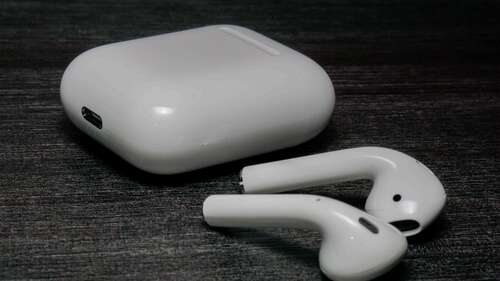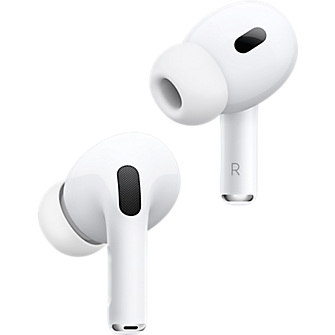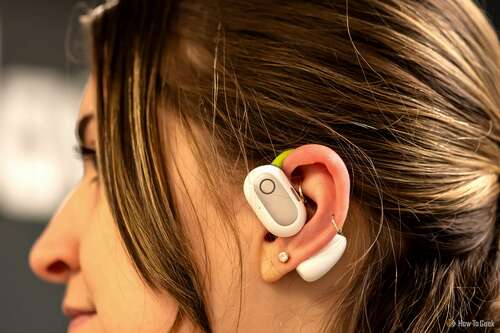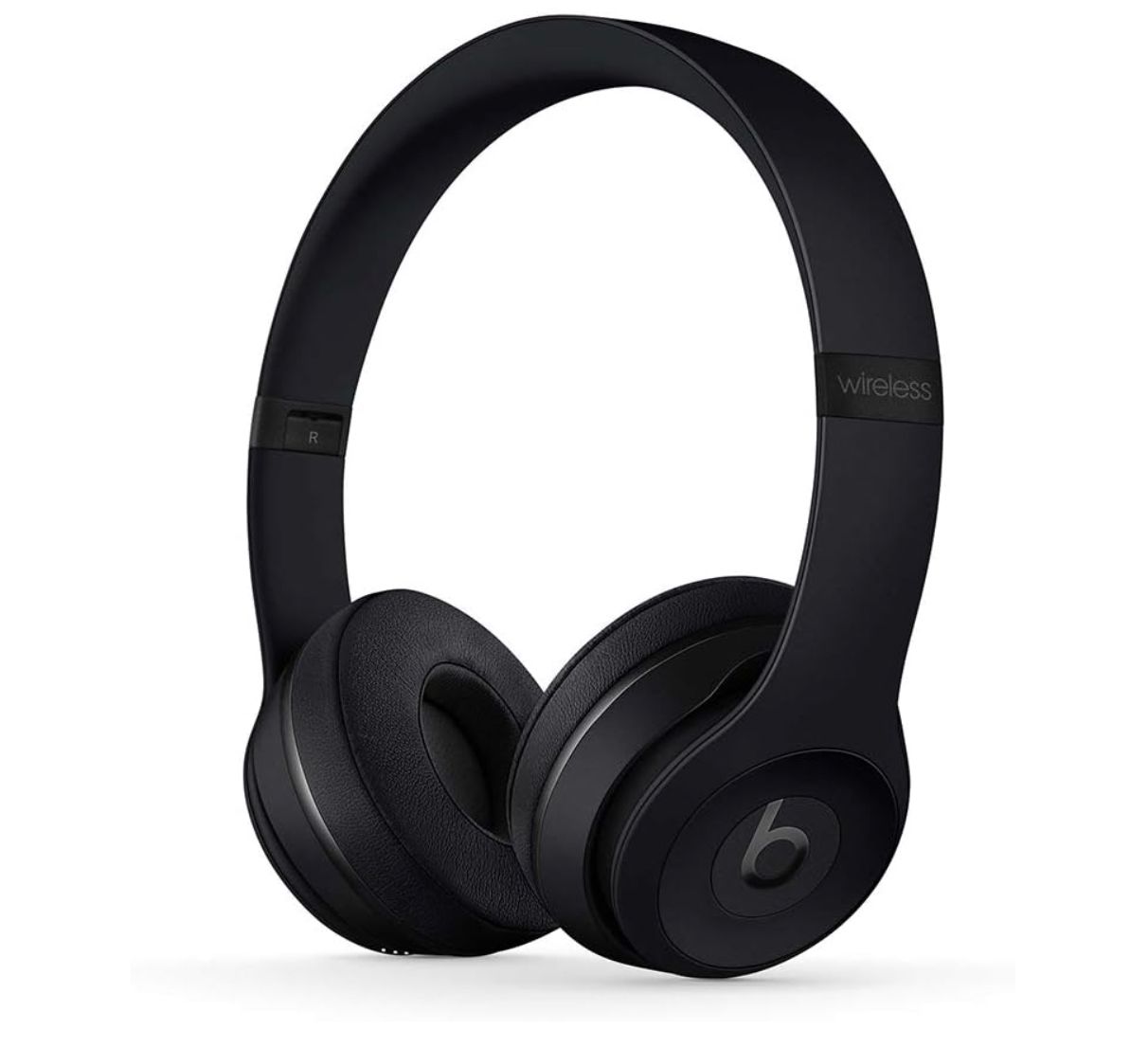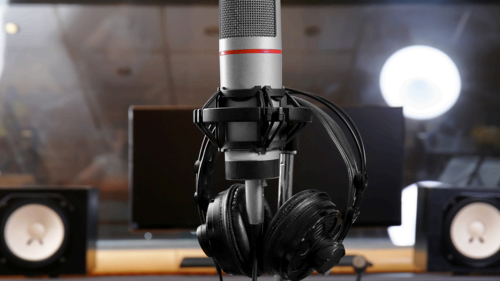Key Takeaways
- Define your needs: Different headphones are designed for different uses. Make sure you consider where, when, and how you’ll use them.
- Noise control matters: Decide how much outside noise you want to block out. Check for features like “Active Noise Cancelation” or “transparency”.
- Know your audio content: Consider what type of music or content you listen to regularly. Certain headphones are tuned for different genres or purposes.
There’s a bewildering array of headphone options on the market today, and if you buy the wrong type of cans for you, it can be an expensive, annoying, and even painful mistake. Here’s how I approach a new headphone purchase to minimize the chances of disappointment.
Define What You Need Your Headphones to Do
There’s no such thing as a universally good headphone design. Different headphones are designed for different primary uses. You wouldn’t expect a pair of headphones to do equally well at bringing out the best in lossless music and being great for sports, as one example.
This means the first and most sensible thing to do is define what you need your headphones to do. Where will you use them? What will you be doing? Where will you carry or store them? As you answer these and other broad questions about your needs, certain types of headphones will obviously be unsuitable.
How Much Noise Control Do You Need?
An interesting feature of many modern powered headphones is that they let you control how much of the outside world you can hear. Most headphones offer passive noise blocking by simple virtue of plugging your ears, but others let you hear what’s going on outside as if you weren’t wearing headphones at all, and then cancel out noise if you wish to enjoy your audio in silence. There are also some types of headphones that offer no noise blocking at all, because they don’t entirely seal your ear canals.
It’s important to decide upfront what degree of control you need over noise from the outside world, and this choice affects the type of headphones that can work for you, as well as your budget range. Look for features such as “Active Noise Cancelation“, “transparency“, and “pass-through.”
What Sort of Music or Content Do You Listen To?
Different types of headphones are tuned for different types of content. For example, if you work with audio professionally, you want headphones that are neutral, and have a “flat” response. If you like bass-heavy dance music or something similar, you want headphones tuned to emphasize that. If you like classical music, you might prefer headphones with a wider “sound stage” so you can clearly hear the different instruments in the orchestra separated spatially.
You don’t have to know the technical ins and outs or be an audiophile, it’s as simple as researching what sort of music or content a given set of headphones has been designed for. Most headphones will be tuned for pop music, or will take a middle road that isn’t great at anything specific, but also not terrible either.
How Long Will Your Sessions Be?
This is partly a question about battery life, in the case of battery-powered headphones, but it’s also a question of comfort. Some headphone designs and specific models are designed to be worn all day. Others are only meant for short sports sessions or for a commute. There are always trade-offs to be made between comfort and functionality. However, the best spec sheet in the world means very little if you can’t actually wear your headphones long enough to enjoy its technical chops.
Material Choices
Headphones are made of a wide variety of materials, mainly different formulations of plastic, but also natural products such as leather, and durable materials like metal.
For example, my AirPods Max has a metal headband and cups, which makes them feel premium and durable, but comes at the cost of added weight and added price! Personally, I don’t like leather or faux leather ear cups since they don’t breathe well and I live in a warm climate, but someone braving the cold might see that as a benefit. Some headphones manage to offer good performance at a reasonable price, by cutting costs for build quality and materials. There’s nothing wrong with that, but you have to accept you’re buying a product for the short term, while more expensive and durable sets might be your headphones for the next decade.
Which Headphone Types Are Best for Each Job?
All of these general considerations are well and good, but how does that play out in reality? Let’s take a brief look at the main headphone designs you have to choose from these days, and which benefits you can expect from them.
Earbuds, No Seal
The most famous example here is the base model Apple AirPods, which have spawned numerous clones. These earbuds don’t form a tight seal with your ears, letting sound in and out, and as a result, audio quality also suffers, especially when it comes to bass. However, they are usually more comfortable than buds that insert into the ear canal, and are perfectly good for casually listening to music, YouTube videos, or taking calls.
Earbuds, Non-Molded, Standard Ear Seal
These are the most common type of earbud headphones, with a tip that inserts into your ear canal, forming a tight seal against sound. You’ll get the best sound quality and noise isolation from earbuds like these, but getting them to fit comfortably in your ears can be a challenge. Most bud come with a variety of tip sizes, and people don’t have ear canals of equal size, so you may even have to mix and match sizes. In my experience, comfort is often the biggest challenge with headphones like these and there are many different designs and approaches from different brands and models to create a more bearable earbud.
Earbuds Molded, or Memory Foam
If you have the budget for it, you can get special molded earbud tips that fit your ears, and your ears only. This is what professional musicians use for their in-ear monitors, but there are services that will do this for you at a price. It’s a mild inconvenience to have the foam squirted in your ears, but the end result is usually optimal.
A much cheaper compromise is to buy memory foam replacement tips for your model of earbud, which take on the shape of any ear, although I have found their porous nature to make them a little gross in short order. So buy a few, and change them often.
Earbuds With Wingtips or Behind the Ear Hook
Some earbuds that are designed for sport or other similar activities have wingtips or a behind-the-ear hook that anchors them more securely as you move around or suddenly turn your head. I have found these to be hit-or-miss in the comfort department, depending on the exact design, but these extra bits can provide a surprising comfort benefit even if you’re not the sporty type. That’s simply because they lessen or prevent the common problem of buds constantly falling out or needing adjustment.
On the flipside, some designs might put pressure on spots in your outer ear that make them hard to wear for long, and of course it’s much more obvious that you’re wearing them.
On-Ear Headphones
While not that popular anymore thanks to the rise of true wireless earbuds, on-ear headphones sit, as the name suggests, on your ear rather then in them. They offer a good middle-ground between full-size headphones and portable headphones. If the clamp force is too high, then these types of headphones can be fatiguing on your ears and start to hurt after a while, but thanks to the size of their drivers, you’ll usually get much better sound from them compared to buds.
Circumaural
Peter Cao / Review Geek
Full-sized circumaural (around the ear) headphones are the most comfortable, and generally best-sounding type of headphone. They are also the least portable, though headphones like the Sony WH-1000XM4 do a good job of doubling as travel headphones for travel on long flights. These headphones put pressure on your skull around the ears, and if fitted properly for your ear size, should not touch your ears. This offers a great audio seal, great long-term comfort, and since they are so large, plenty of room for features and great speakers. Price and portability are your main sacrifices here.
Circumaural Open Backed
A variant of circumaural headphones popular in audiophile circles and meant for home use, open-backed headphones aren’t sealed. Which means that anyone in the room with you can hear what you’re listening to. These are made for discerning listeners who want the best sound stage, the most natural-sounding audio, and best detail.
If you use your headphones at home, in private, and want long-term comfort, open-backed is the way to go. Though you’ll usually want to pair these types of headphones with a quality headphone amp.
Single, Dual, and Triple Driver
The final variable I want to highlight is the number of “drivers” headphones have. This is just a headphone term for “speaker”, and if you think of a full range speaker setup like a soundbar, you’ll know what I mean. Usually there are separate speakers for high, mid, and low frequency sounds. By giving each frequency band to a dedicated speaker, you dramatically improve the clarity, volume, and overall quality of the audio.
However, headphones have limited space, so you’ll most likely find that they have a single driver inside for each ear. This isn’t necessarily an issue. The AirPods Max, for example, have a single 40mm driver in each cup, and although they aren’t audiophile-grade headphones, no one can argue they sound bad. However, true audiophile headphones might feature triple drivers, and more recently, some higher-end earbuds have started to feature dual-drivers.
For example, my Samsung Buds2 Pro has separate drivers for bass and mid-high audio, which offers a dramatic leap in audio quality. They are quite frankly the best earbuds I have personally heard, and even outdo on-ear headphones with much larger single drivers.
Finding the right set of headphones for you is one of the most frustrating processes when it comes to buying technology. Especially since high-tech features tend to overshadow the fundamentals I’ve outlined here. Hopefully, with these key considerations in mind, you won’t have to buy drawers full of headphones like me, before finding what works for you.
